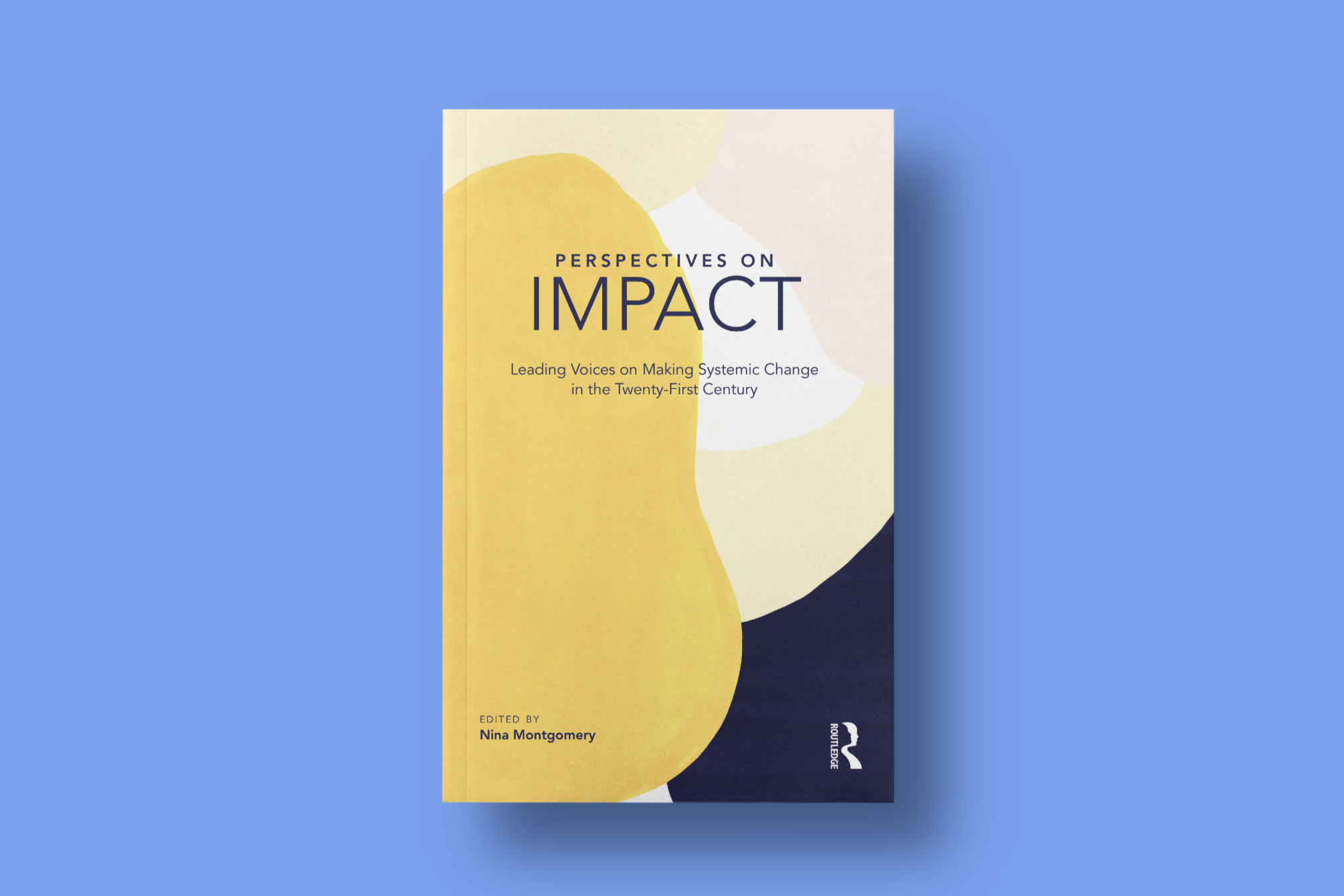Since designing and producing our first challenge in 2011, we have found that open innovation, and incentive prize competitions in particular, reap the same benefits for impact as they do for commercial aims: by tapping the power of the crowd, organizations can identify solutions that are both novel and viable. Defining the problem, investing in design, and optimizing for outcome are key to making open innovation work.
So what makes for a good impact prize competition? We believe that there are three contributing factors: first, clearly defining the problem to be solved; second, investing in challenge design; and third, providing solvers with the resources required to close the gap between concept and viability.
“Perspectives on Impact: Leading Voices On Making Systemic Change in the Twenty-First Century” is available this week. The book, edited by Nina Montgomery, features a chapter by Luminary Labs CEO Sara Holoubek that details how we design for outcome. As a preview, we’ve adapted three case studies from the chapter on designing open innovation programs with outcome in mind.
- Defining a $77 billion food safety problem. How we arrived at a “Goldilocks” problem statement for the FDA Food Safety Challenge.
- Incentivizing the game industry to solve for education. How we balanced requirements and incentives to attract innovators for the EdSim Challenge.
- Introducing new technology to an age-old health problem. How we designed a virtual accelerator to close the gap between concept and viability for the Alexa Diabetes Challenge.
Read more: our open innovation page is updated with curated selection of news, insights, and case studies.

